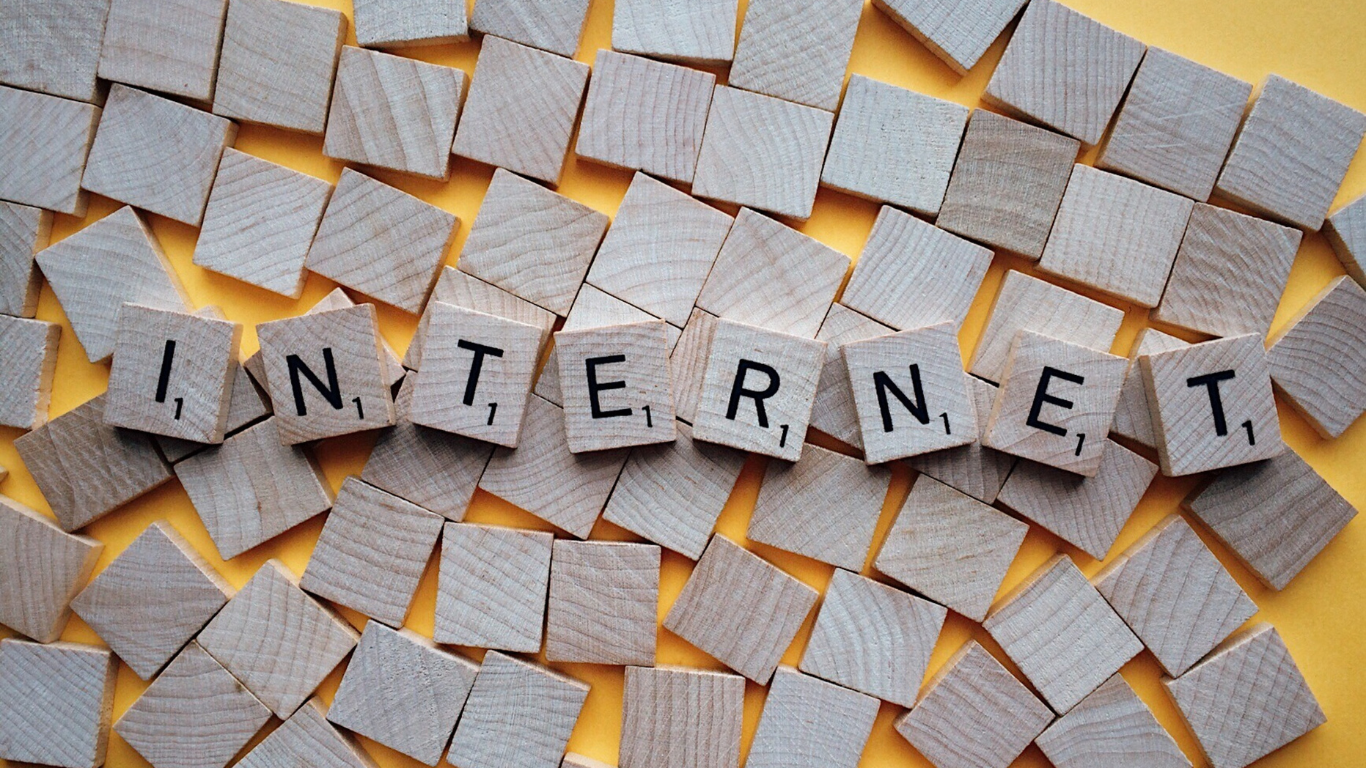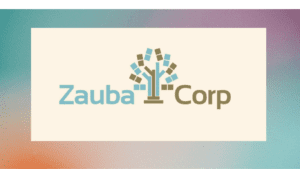Jio has been widely criticized for its restrictive policies regarding data add-ons, which many consumers see as a form of digital coercion. When a customer purchases additional data, they are forced to use it within a fixed, often short, validity period. If they fail to consume the data within this window, it expires—essentially making them pay for something they may not fully use.
This practice is particularly frustrating for users who purchase add-ons expecting flexibility. Unlike regular data plans, which offer a monthly or long-term validity, these add-ons come with rigid usage conditions, pressuring consumers to use the data quickly, even if they don’t need it immediately.
The policy raises several concerns:
- Lack of Consumer Choice: Customers should have the freedom to use their purchased data as per their needs, rather than being forced into a limited timeframe.
- Unjust Expiry Conditions: Unlike leading telecom providers that offer rollover options or longer validity on add-ons, Jio enforces a “use it or lose it” policy.
- Hidden Costs and Forced Recharges: Many users end up recharging multiple times due to these restrictions, leading to unnecessary spending.
For a company that prides itself on digital empowerment, such aggressive policies undermine consumer trust. A fairer approach would be to extend validity periods or offer rollover benefits, ensuring users get full value for their purchases.
The Evolution of Jio: From Freebies to Price Hikes
Jio’s Game-Changing Entry into Telecom
When Reliance Jio launched in September 2016, it disrupted the Indian telecom market with an unprecedented offer: free voice calls and dirt-cheap data. This predatory pricing strategy forced competitors like Airtel and Vodafone Idea to slash rates, leading to a price war that benefitted millions of consumers. Jio’s aggressive approach paid off—it amassed over 280 million subscribers by 2019 and became India’s largest telecom operator.
The initial allure of Jio was its affordability. For instance, pre-Jio, data costs averaged ₹250 per GB. Jio slashed this to as low as ₹10 per GB, making internet access a reality for rural and urban India alike. This democratization of digital services fueled India’s internet penetration, which jumped from 25% in 2016 to over 50% by 2025.
The Shift to Monetization
However, free services couldn’t last forever. Jio’s massive investments—over ₹150,000 crore in network infrastructure and spectrum—needed to yield returns. The first signs of change came in October 2019, when Jio introduced a 6 paise per minute charge for calls to rival networks, citing regulatory interconnect usage charges (IUC). This marked the end of the “free calls forever” promise.
Fast forward to 2024, and Jio announced a significant tariff hike effective July 3, raising prepaid and postpaid plan prices by 11-25%. For example:
- The ₹155 plan (28 days, 1GB/day) rose to ₹189—a 22% increase.
- The ₹399 plan (84 days, 1.5GB/day) jumped to ₹449.
- Annual plans like ₹2,999 (2.5GB/day) climbed to ₹3,599.
This wasn’t an isolated move—Airtel and Vodafone Idea followed suit, suggesting an industry-wide shift. But for Jio users accustomed to low-cost services, the hikes felt like a betrayal of the brand’s original promise.
Why the Price Hikes? Understanding Jio’s Perspective
Rising Operational Costs
Telecom is a capital-intensive industry. Jio’s rollout of 5G across India, starting in 2022, required billions in investments for spectrum auctions, tower installations, and technology upgrades. By September 2024, Jio had transitioned 148 million users to its True5G network, accounting for 34% of its wireless data traffic. Maintaining this infrastructure isn’t cheap, especially with per capita data consumption soaring to 31GB per month.
Analysts argue that the tariff hikes are a necessary step to boost Average Revenue Per User (ARPU), a key metric for telecom profitability. Jio’s ARPU, which stagnated at ₹181.7 for three quarters until June 2024, rose to ₹195.1 by September 2024 post-hike. Experts predict it could reach ₹259 by FY27 as the full impact of the hikes unfolds.
Industry-Wide Pressure
Jio isn’t hiking prices in a vacuum. The Indian telecom sector has been under financial strain, with a collective debt of ₹7 lakh crore. Competitors like Vodafone Idea are on the brink of collapse, while Airtel seeks an ARPU above ₹300 for sustainability. By raising tariffs together, Jio, Airtel, and VI aim to stabilize the industry, ensuring competition doesn’t erode profitability further.
Regulatory and Market Dynamics
The Telecom Regulatory Authority of India (TRAI) plays a pivotal role in pricing debates. While TRAI scrapped IUC charges in 2020, it has refrained from intervening in recent hikes, signaling tacit approval of market-driven pricing. Additionally, Jio’s shift from a volume-driven strategy (low prices, high subscribers) to a value-driven one (higher prices, better services) aligns with global telecom trends.
Consumer Harassment Claims: Fact or Frustration?
What Constitutes “Consumer Harassment”?
Consumer harassment isn’t a legal term but a perception rooted in experiences like unexpected charges, poor service quality, or unresponsive customer support. For Jio users, allegations of harassment often stem from:
- Billing Issues: Hidden fees or unexplained deductions after tariff hikes.
- Network Problems: Slow speeds or outages despite premium plans.
- Customer Service Woes: Difficulty reaching support or resolving complaints.
These grievances have gained traction on social media platforms like X, where users vent frustrations with hashtags like #JioPriceHike and #JioHarassment.
Billing and Transparency Complaints
Post-2024 tariff hikes, some Jio subscribers reported discrepancies between advertised plans and actual charges. For instance, a user on X claimed their ₹189 plan auto-renewed at a higher rate without prior notice. Others noted that unlimited 5G data, once free with plans above 2GB/day, now required additional top-ups, catching budget-conscious users off guard.
Jio counters these claims by emphasizing transparency. In its July 2024 press release, the company stated that new plans offered “up to 300% more benefits,” such as increased off-net calling minutes. However, critics argue that these benefits don’t offset the steep price jumps for low-income users.
Network and Service Quality Issues
Jio’s rapid expansion hasn’t been flawless. Rural users, in particular, report inconsistent 5G coverage and frequent 4G slowdowns. A 2023 Reddit thread titled “Is Jio price hike fair?” highlighted how subscribers felt cheated paying more for subpar service. One user wrote, “I’m paying ₹249 for 1GB/day, but my speeds drop to 2G levels after 500MB.”
While Jio boasts the fastest-growing fixed wireless service globally (JioAirFiber connected 2.8 million homes by September 2024), urban congestion and rural underinvestment remain pain points. These issues fuel perceptions of harassment when users feel they’re not getting value for their money.
Customer Support Challenges
Jio’s customer service has long been a lightning rod for criticism. With 479 million subscribers by September 2024, scaling support is a monumental task. Complaints about long wait times, automated responses, and unresolved tickets are common. A Quora post from 2017—still relevant today—advised users to “revoke your connection” rather than fight Jio’s support system, reflecting deep-seated frustration.
How Jio’s Price Hikes Impact Consumers
The Digital Divide Widens
Jio’s initial low prices bridged India’s digital divide, connecting millions to the internet for education, work, and entertainment. However, the 2024 hikes disproportionately affect low-income users. For gig workers—delivery agents, drivers, and small vendors reliant on affordable data—the increased costs strain livelihoods. A ₹50 monthly jump might seem minor, but for someone earning ₹15,000 monthly, it’s a significant burden.
Lifestyle Disruptions
Higher tariffs also disrupt digital lifestyles. Students streaming online classes, families using JioCinema, and gamers relying on low-latency 5G now face higher costs or reduced access. While Jio argues that its plans remain competitive globally (India’s data costs are still among the lowest at ₹10-15/GB), the shift from “affordable accessibility” to premium pricing has left many feeling priced out.
SIM Consolidation and Market Dynamics
The simultaneous hikes by Jio, Airtel, and VI limit consumer choice, reducing attrition to competitors. This “SIM consolidation” trend—where users stick with one provider due to uniform pricing—benefits Jio’s market dominance (46.37 crore subscribers as of 2024). However, it also raises questions about cartelization, a concern TRAI has historically investigated but not yet acted on in 2025.
Jio’s Defense: Innovation and Value Creation
Investments in 5G and Beyond
Jio positions its price hikes as a means to fund innovation. The company’s True5G network, JioAirFiber expansion, and upcoming 6G trials demonstrate a commitment to cutting-edge technology. Chairman Akash Ambani has emphasized building “the world’s best AI ecosystem in India,” with initiatives like JioBrain aimed at enterprise solutions. These advancements, Jio argues, justify higher tariffs.
Competitive Pricing Globally
Despite the hikes, Jio’s rates remain lower than many global counterparts. For context, the average U.S. mobile plan costs $50/month (₹4,200) for 10GB, while Jio’s ₹449 plan offers 126GB over 84 days. This value proposition underpins Jio’s claim of delivering “best-quality service at the lowest price globally.”
Financial Performance
Jio’s Q2 FY25 results (July-September 2024) bolster its case. Revenue rose 14.5% year-on-year to ₹28,338 crore, and net profit hit ₹6,539 crore—a 23.4% increase. EBITDA margins improved to 52.6%, reflecting efficient cost management post-5G rollout. These figures suggest that tariff hikes are translating into sustainable growth, not just profiteering.
Consumer Reactions and Alternatives
Social Media Backlash
Platforms like X and Reddit are abuzz with discontent. A 2024 Reddit post titled “Jio price hike fair?” garnered 136 votes and 98 comments, with users debating Jio’s monopoly status. On X, #JioScam trended briefly in July 2024, with users sharing screenshots of billing errors and network outages. While some defend Jio’s contributions to India’s digital revolution, others call for boycotts.
Switching to Competitors
Airtel and Vodafone Idea offer alternatives, but their parallel price hikes limit savings. Airtel’s ₹249 plan (1GB/day, 28 days) matches Jio’s post-hike pricing, while VI’s ₹239 plan offers similar benefits. BSNL, a state-run provider, remains a budget option with plans like ₹108 for 35 days, but its patchy 4G coverage deters many.
Filing Complaints
For those facing harassment, Jio provides multiple grievance channels:
- MyJio App: Use the “Run Diagnostics” feature to raise a service request.
- Helpline: Call 198 or 199 for support.
- TRAI: Escalate unresolved issues via the TRAI website or consumer forums.
However, the effectiveness of these channels varies, with many users reporting slow resolutions.
Is Jio a Monopoly? The Debate
Market Dominance vs. Competition
With a 40%+ market share and 463.78 million subscribers, Jio’s dominance is undeniable. Critics argue that its pricing power and ability to dictate industry trends resemble monopolistic behavior. The 2016 predatory pricing allegations—dismissed by the Supreme Court—resurfaced in 2024, with some claiming Jio’s hikes exploit its captive user base.
Yet, Jio faces competition from Airtel (284 million users) and VI (387 million). The synchronized hikes suggest oligopolistic coordination rather than a solo monopoly, a nuance TRAI continues to monitor.
Consumer Choice and Fairness
Jio’s defenders highlight its role in making India a data superpower. A 2024 Quora user noted, “Even at 2000% higher prices, Jio’s rates are cheaper than 2017’s ₹250/GB.” Critics counter that choice erodes when all major players align pricing, leaving consumers with little leverage.
The Future of Jio and Indian Telecom
Upcoming Trends
Looking ahead, Jio’s focus on 5G monetization, AI integration, and a potential 2025 IPO (as speculated by Jefferies) could reshape its strategy. Tariff hikes may stabilize ARPU, but sustained network improvements and customer service upgrades will determine long-term loyalty.
Consumer Empowerment
For users, staying informed is key. Compare plans across providers, leverage TRAI’s oversight, and use social media to amplify grievances. As India’s telecom landscape evolves, consumer voices will play a critical role in holding giants like Jio accountable.
Conclusion: Balancing Profit and Promises
The price hike and consumer harassment by Jio narrative reflects a complex reality. On one hand, Jio’s tariff increases are a logical response to rising costs and industry pressures, fueling innovations that keep India digitally competitive. On the other, poor service quality, billing woes, and unresponsive support have alienated some users, sparking harassment claims.
As of March 30, 2025, Jio remains a telecom titan navigating a delicate balance between profitability and its founding ethos of affordability. Whether it can regain consumer trust hinges on delivering value that matches its prices. For now, subscribers must weigh Jio’s benefits against its drawbacks—and decide if the cost is worth the connection.
What’s your take on Jio’s price hikes? Have you faced harassment as a user? Share your thoughts in the comments below.




